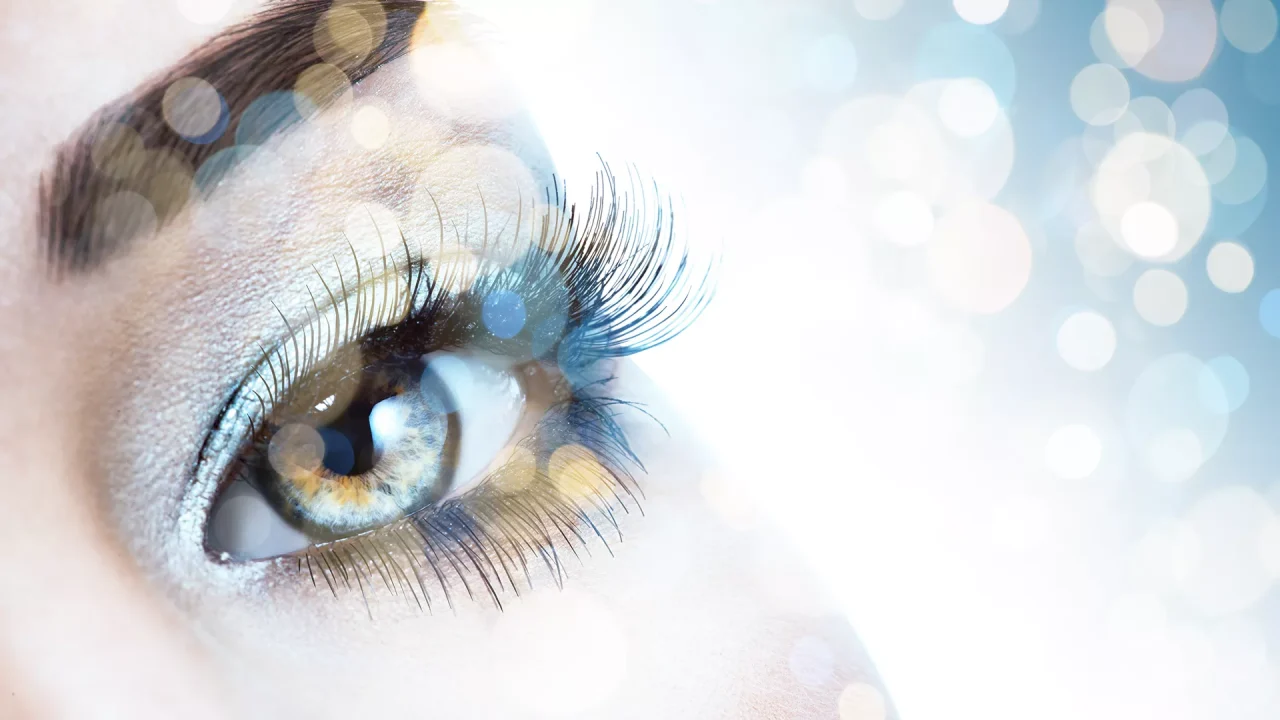Botox on Crow's Feet: How it Works
Crow’s feet (formally known as lateral canthal lines) are lines that form around the eyes over time from facial expressions and squinting. While experienced injectors like Boise Image Enhancement Centre offer many advanced botox techniques, the Crow’s Feet actually is one of the only FDA indications for botox on the face.
As the muscles around the eyes move to make an expression, the skin around the eyes crinkles and folds. Over the years, this repeated folding of the skin creates Crow’s feet–fine lines and wrinkles surrounding the eye–even when the muscles around the eyes are at rest.
If you’e ever tried to smooth out a crumpled piece of paper, you can imagine your skin in the same way.
Botulinum toxins (botox) are injectable prescriptions that temporarily relax muscles, which eases the appearance and creation of fine lines and wrinkles. While there are many brand names such as Botox® Cosmetic, Xeomin®, Dysport®, and Jeuveau™, each of these prescriptions work essentially the same.
Contrary to popular belief, botox actually relaxes muscles, not “freezes” them. That’s why in our practice, we often refer to the brands of botox a “wrinkle relaxers” to more accurately describe what the injections do.
When a medically-licensed injector places botox around the eyes, the muscles the botox are injected into stop receiving signals to contract. As the muscles stop to contract, the skin stops getting crumpled. This helps the fine lines and wrinkles from getting deeper, and may help the appearance of existing lines fade away.
Botox is not a permanent effect, and will need to be retouched every 3-5 months.
Related Read: Lip Flip: Botox Lip Flip Cost, Before and After, Info
Botox Around the Eyes: Will It Affect My Expression?
Many patients come to us concerned that botox around the eyes will affect their ability to make expressions, or worse, make them less empathetic as they communicate with their loved ones.
In fact, the opposite is true!
Botox on crow’s feet and the other areas we commonly treat actually enhance your expression and can elevate your mood.
First, a skilled botox injector will look at your face like a canvas and use botox to only bring out your best features. At our center, we never want to take away the expressions that make people unique. Instead, our approach is to only use botox to enhance the features that make you “you” by learning your unique anatomy and only relaxing the muscles that are creating unwanted lines and wrinkles.
As a bonus: we’ve known that botox is great for curing the blues, but did you know scientists are studying botox as an antidepressant? Recently, studies showed that botox around the eyes actually can help people who have clinical depression.
By relaxing the muscles used to frown around the eyes, depression patients treated with botox improved their daily mood and function. That’s hardly lacking empathy or having negative emotional responses!
Smooth Out Crow's Feet
Take our free quiz to find out if if botox on crow’s feet could be right for you

When Should I Start Botox?
Another question that we get in our center all the time is “when should I start getting botox?”
Many patients come to us later in life without ever receiving botox or an anti-aging treatment. For many of us, aging isn’t a priority until we see something we don’t like in the mirror. While we at Boise Image have amazing technology and techniques that can revolutionize people’s appearances at any age, we believe prevention is always the best cure.
That is why we urge patients to start receiving botox around the eyes as early as their mid-twenties. The reason for doing this is to “prejuvenate” as they age. While botox can reduce the appearance of already-existing lines and wrinkles, it is far more effective at preventing wrinkles before they ever have the chance to start. Often when we begin working with a patient in their twenties or early thirties, we don’t have to use as much botox, fillers, or other treatments over the course of their aging process because we are able to focus on prevention instead of correction.
But, if you are not in your mid-twenties anymore, don’t worry–you can start at any time to slow down the creation of new wrinkles. If you haven’t had botox, the best time to start is now, even if you don’t think you need it yet.
Crow's Feet Botox: Cost and Procedure
And now for the question: what is this going to cost me?
All of that depends on the quality of injector, where you live, and if the injector has any specials currently running.
The average botox procedure cost in the U.S. is approximately $350, though prestigious centers with experienced injectors can charge more.
Botox is a safe procedure in the hands of a trained, qualified provider, but please beware of bargain or Groupon botox providers, as often these injectors do not have the formal anatomy or medical training to safely (and beautifully) administer botox.
Botox Crow's Feet Before and After

Quiz: Is Crow's Feet Botox Right for You?

